Ludwigia glandulosa
Scientific name: Ludwigia glandulosa
Family: Onagraceae
Maximum size reached under cultivation: 15 - 40 cm (5.91 - 15.75 inch)
014
Recommended pH range: 6 - 7.2
Recommended water hardness: 4 - 12°dGH (71.43 - 214.29ppm)
0°C 32°F30°C 86°F
Recommended temperature range: 20 - 28 °C (68 - 82.4°F)
Preferred propagation method: Cuttings
Native to: North America
Growth rate: Slow
Recommended substrate: Fine gravel
Lighting requirements: Bright
Ideal placement in tank: Background
Common Name
Cylindric Fruited Ludwigia
Origin
Ludwigia glandulosa is native to the southeastern United States, particularly found in wetland areas such as Florida, Louisiana, and Texas. It thrives in shallow marshes, ditches, and along the edges of slow-moving water bodies, where it can grow either submerged or emersed.
Growing Conditions
This species can grow in both submerged and emersed conditions. In aquariums, it is typically grown fully submerged where it displays striking deep red to purple foliage under intense lighting. Emersed growth features more greenish leaves and may produce small yellow flowers.
Ludwigia glandulosa demands bright lighting to retain its vibrant coloration. Without sufficient light, the plant will lose its red hues and revert to dull green. A stable pH between 6.0 and 7.2 and water hardness between 4 - 12 dGH are ideal. While it can survive without CO2, CO2 supplementation will improve growth and coloration.
Planting Area
Due to its upright growth habit and decorative appearance, Ludwigia glandulosa is best suited for the background of aquariums. In smaller tanks, it can be used as a midground highlight. Grouping several stems together enhances its visual impact and provides a bold splash of color in planted aquascapes.
Propagation
Ludwigia glandulosa propagates through stem cuttings. Cut a healthy lateral or top shoot and remove the lower leaves. Insert the bare stem into a fine gravel substrate, taking care not to damage it. In optimal conditions, roots will develop within a few weeks. Occasionally, the plant may produce lateral shoots that can also be separated and replanted.
Difficulty
This species is considered moderately difficult to grow due to its slow growth rate and specific care requirements. It requires consistent light, nutrients, and water quality. When properly maintained, it rewards aquarists with stunning foliage that contrasts beautifully with green plants.
Short Description
Ludwigia glandulosa, known as Cylindric Fruited Ludwigia, is a highly decorative aquarium plant admired for its rich red-purple leaves. Although it grows slowly and needs stable conditions, its dramatic appearance makes it a standout in any aquascape. For best results, provide bright lighting, nutrient-rich substrate, and optional CO2. In poor conditions, the plant may lose its red coloration and shed leaves. Proper care ensures long-term beauty and health.
It was previously marketed under the synonym Ludwigia perennis, but this is no longer considered taxonomically correct.
Frequently Asked Questions
- Why is my Ludwigia glandulosa turning green?
- If this plant does not receive enough nutrients—particularly iron—or sufficient lighting, its rich red-purple color can fade to green. Ensure bright light and nutrient-rich substrate or dosing to maintain its vibrant hues.
- Can Ludwigia glandulosa be grown without CO2 injection?
- While it is possible to grow this plant without CO2, its growth will be significantly slower, and the coloration may be less intense. For best results, CO2 supplementation is highly recommended.
- Is Ludwigia glandulosa suitable for beginners?
- This plant is best suited for intermediate to advanced aquarists. It has specific needs regarding light and nutrients and may struggle in tanks that don’t meet those conditions.
- How often should I prune Ludwigia glandulosa?
- Due to its slow growth, frequent pruning isn’t required. Trim the top portions once it reaches the water surface or becomes too dense. You can replant the cuttings to propagate new stems.
- Can Ludwigia glandulosa be used in low-tech planted tanks?
- It is not ideal for low-tech setups. While it might survive, it will likely lose its color and exhibit stunted growth. A high-tech tank with bright lighting and consistent fertilization is preferred.
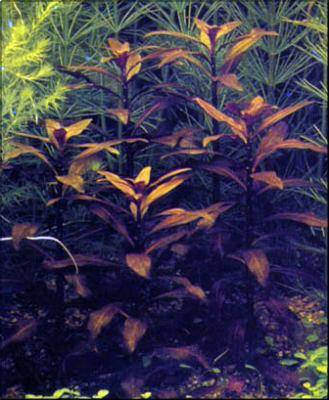
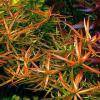 Ludwigia brevipes
Ludwigia brevipes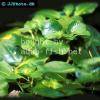 Ludwigia helminthorrhiza
Ludwigia helminthorrhiza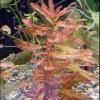 Ludwigia inclinata
Ludwigia inclinata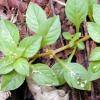 Ludwigia palustris
Ludwigia palustris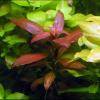 Ludwigia peruensis
Ludwigia peruensis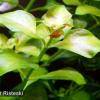 Ludwigia repens
Ludwigia repens